You don't see this every day.
It's rare for any observatory to directly image a planet beyond our solar system,Discuss Section called an exoplanet, but the powerful James Webb Space Telescope has captured four of them in the stellar system HR 8799. These large, gaseous worlds are located 130 light-years away in the Milky Way galaxy (a light-year is nearly 6 trillion miles). Importantly, viewing these worlds also revealed major parts of their composition, and how they likely formed.
"Our hope with this kind of research is to understand our own solar system, life, and ourselves in the comparison to other exoplanetary systems, so we can contextualize our existence," William Balmer, an astronomer at Johns Hopkins University who led the new research, said in a statement. "We want to take pictures of other solar systems and see how they’re similar or different when compared to ours. From there, we can try to get a sense of how weird our solar system really is — or how normal."
The research recently published in The Astrophysical Journal.
SEE ALSO: NASA dropped a new report. It's a wake-up call.It's tremendously challenging to capture direct images of exoplanets — as opposed to common observational methods like watching them transit in front of their stars — because their nearby stars are profoundly luminous, engulfing the exoplanets in light. But Webb blocked out much of the star's intrusive light with an instrument called a coronograph. What's more, these four worlds are large, young, and hot, and orbit relatively far from their star.
"From there, we can try to get a sense of how weird our solar system really is — or how normal."
You can see four of these planets below. "The closest planet to the star, HR 8799 e, orbits 1.5 billion miles from its star, which in our solar system would be located between the orbit of Saturn and Neptune," NASA explains. "The furthest, HR 8799 b, orbits around 6.3 billion miles from the star, more than twice Neptune’s orbital distance." A star symbol covers the star HR 8799, whose light has been blocked.
No, they don't contain the stunning detail we see on the closeby planets in our solar system. Even so, you're seeing far-off worlds in another part of the galaxy.
 The four visible planets of the multi-planet system HR 8799. Credit: NASA / ESA / CSA / STScI / W. Balmer (JHU) / L. Pueyo (STScI) / M. Perrin (STScI)
The four visible planets of the multi-planet system HR 8799. Credit: NASA / ESA / CSA / STScI / W. Balmer (JHU) / L. Pueyo (STScI) / M. Perrin (STScI) Crucially, directly viewing these planets allowed astronomers to analyze the unique light signals emanating from these worlds; these wavelengths match certain elements or molecules. Of note, the researchers detected the gases carbon dioxide and carbon monoxide. These planets are extremely young, at some 30 million years old, so astronomers suspect they formed like Saturn and Jupiter, wherein they forged dense solid cores and then gravitationally pulled plentiful surrounding gases like carbon dioxide around them. (Alternatively, sometimes planets might form when they rapidly fuse together inside the rapidly spinning disk of dust and gas around a new star, meaning they're largely composed of the same stuff as their star.)
As Balmer noted above, we need to spy what's transpiring in other corners of the galaxy to better grasp how strange, or not, our solar system neighborhood truly is. Already, we know that many other solar systems contain curious super-Earths — which are bigger than Earth but smaller than Neptune — but there's no such world in our system.
 The Webb telescope captured clear "spectral fingerprints" of carbon dioxide and carbon monoxide in the planet HR 8799 e's atmosphere. Credit: NASA / ESA / CSA / STScI / J. Olmsted (STScI)
The Webb telescope captured clear "spectral fingerprints" of carbon dioxide and carbon monoxide in the planet HR 8799 e's atmosphere. Credit: NASA / ESA / CSA / STScI / J. Olmsted (STScI) The Webb telescope — a scientific collaboration between NASA, ESA, and the Canadian Space Agency — is designed to peer into the deepest cosmos and reveal new insights about the early universe. It's also examining intriguing planets in our galaxy, along with the planets and moons in our solar system.
Here's how Webb is achieving unparalleled feats, and may for years to come:
- Giant mirror: Webb's mirror, which captures light, is over 21 feet across. That's over two-and-a-half times larger than the Hubble Space Telescope's mirror, meaning Webb has six times the light-collecting area. Capturing more light allows Webb to see more distant, ancient objects. The telescope is peering at stars and galaxies that formed over 13 billion years ago, just a few hundred million years after the Big Bang. "We're going to see the very first stars and galaxies that ever formed," Jean Creighton, an astronomer and the director of the Manfred Olson Planetarium at the University of Wisconsin–Milwaukee, told Mashable in 2021.
- Infrared view: Unlike Hubble, which largely views light that's visible to us, Webb is primarily an infrared space telescope, meaning it views light in the infrared spectrum. This allows us to see far more of the universe. Infrared has longer wavelengths than visible light, so the light waves more efficiently slip through cosmic clouds; the light doesn't as often collide with and get scattered by these densely packed particles. Ultimately, Webb's infrared eyesight can penetrate places Hubble can't.
"It lifts the veil," said Creighton.
- Peering into distant exoplanets: The Webb telescope carries specialized equipment called spectrographsthat will revolutionize our understanding of these far-off worlds. The instruments can decipher what molecules (such as water, carbon dioxide, and methane) exist in the atmospheres of distant exoplanets — be they gas giants or smaller rocky worlds. Webb looks at exoplanets in the Milky Way galaxy. Who knows what we'll find?
"We might learn things we never thought about," Mercedes López-Morales, an exoplanet researcher and astrophysicist at the Center for Astrophysics-Harvard & Smithsonian, previously told Mashable.
Topics NASA
 NYT Strands hints, answers for December 30
NYT Strands hints, answers for December 30
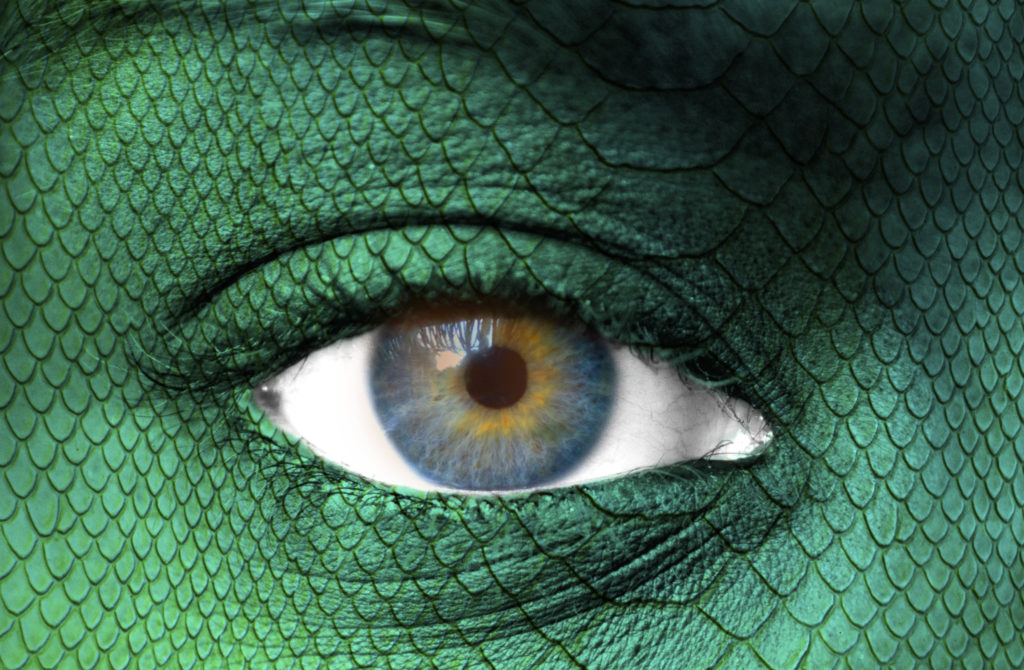 The Silurian Hypothesis by Rich Cohen
The Silurian Hypothesis by Rich Cohen
 Jonathan Escoffery Wins Plimpton Prize; Leigh Newman Wins Terry Southern Prize by The Paris Review
Jonathan Escoffery Wins Plimpton Prize; Leigh Newman Wins Terry Southern Prize by The Paris Review
 Pendulum by Jill Talbot
Pendulum by Jill Talbot
 Best early Prime Day Fitbit deals 2025
Best early Prime Day Fitbit deals 2025
 Comics as Poetry by Ivan Brunetti
Comics as Poetry by Ivan Brunetti
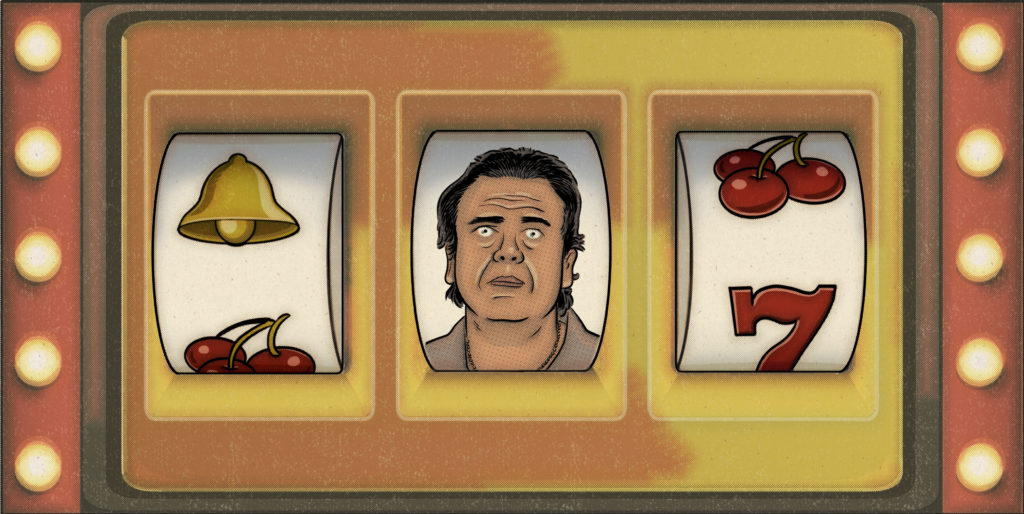 The Edison of the Slot Machines by Michael LaPointe
The Edison of the Slot Machines by Michael LaPointe
 Keeping the Fear at Bay by John Freeman
Keeping the Fear at Bay by John Freeman
 Indiana Pacers vs. Boston Celtics 2024 livestream: Watch live
Indiana Pacers vs. Boston Celtics 2024 livestream: Watch live
 Quarantine Reads: The Unconsoled by Emma Garman
Quarantine Reads: The Unconsoled by Emma Garman
 Washington Wizards vs. Golden State Warriors 2025 livestream: Watch NBA online
Washington Wizards vs. Golden State Warriors 2025 livestream: Watch NBA online
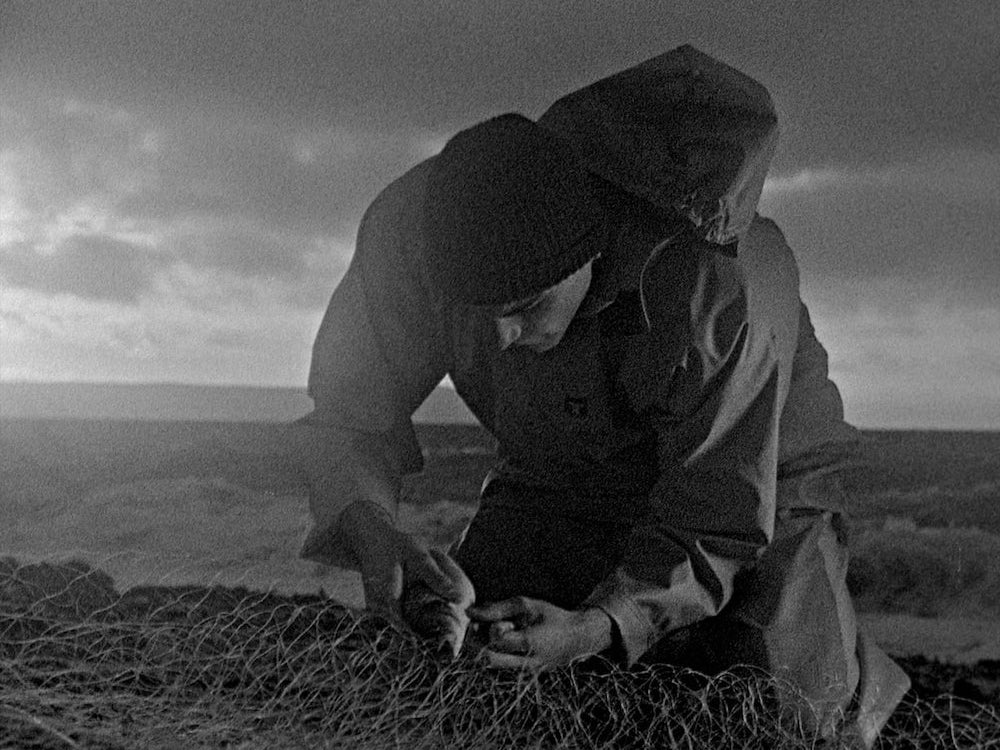 Staff Picks: Scenes, Screens, and Snubs by The Paris Review
Staff Picks: Scenes, Screens, and Snubs by The Paris Review
 Whiting Awards 2020: Andrea Lawlor, Fiction
Whiting Awards 2020: Andrea Lawlor, Fiction
 Be Yourself Again by Amina Cain
Be Yourself Again by Amina Cain
 Best Aeropostale gift card deal: Save $7.50 at Amazon
Best Aeropostale gift card deal: Save $7.50 at Amazon
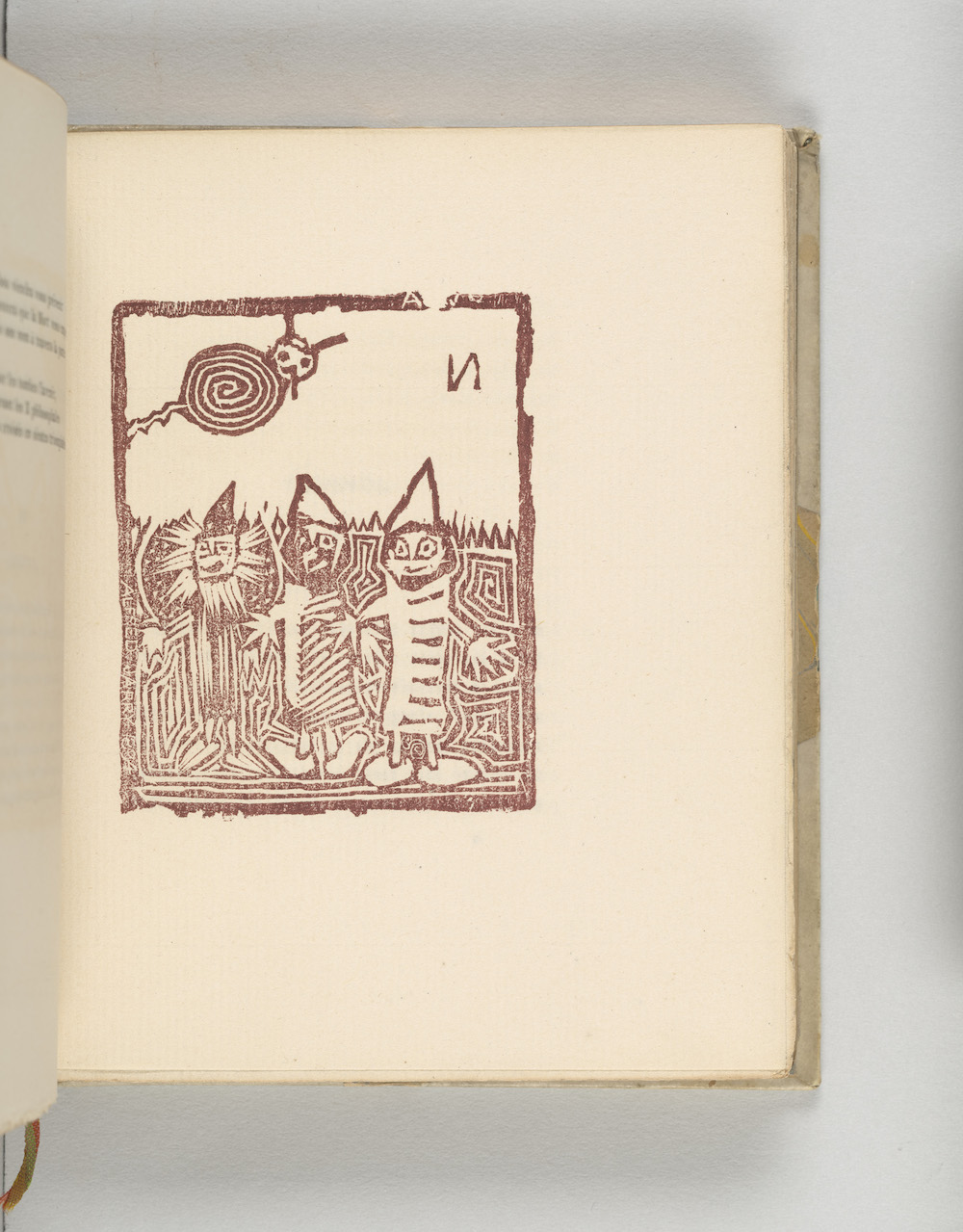 Playwright, Puppeteer, Artist, Cyclist by The Paris Review
Playwright, Puppeteer, Artist, Cyclist by The Paris Review
 Less Is More by Kyle Chayka
Less Is More by Kyle Chayka
 ‘The Paris Review’ Wins the 2020 National Magazine Award for Fiction
‘The Paris Review’ Wins the 2020 National Magazine Award for Fiction
 Will Oracle take over TikTok? Trump says he'll make a decision in 30 days
Will Oracle take over TikTok? Trump says he'll make a decision in 30 days
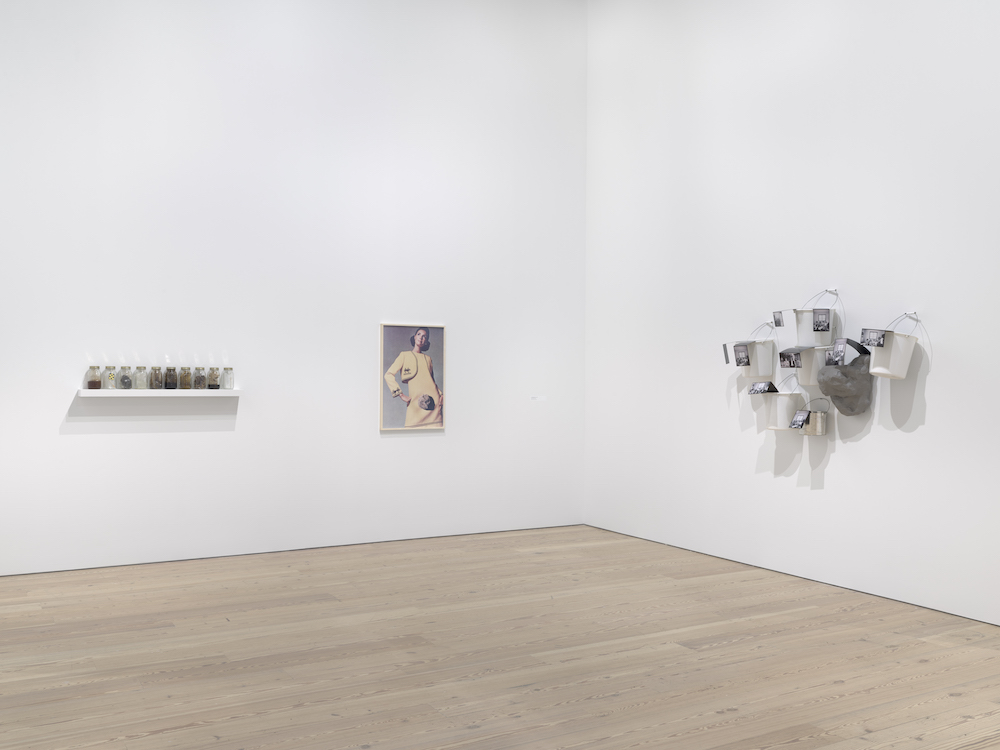 Eighteen Theses on Rachel Harrison by Maggie Nelson
Eighteen Theses on Rachel Harrison by Maggie Nelson
Trying to swear on an iPhone is no different than trying to swear in 'The Good Place''Smallville' actress tried to get Emma Watson to join alleged sex cultAriana Grande makes surprise appearance at Coachella, and it's greatAmazon won't let you review James Comey's book if you don't buy itDwayne Johnson responds to a cute promposal with the sweetest gestureJames Cameron's 'Avengers fatigue' comment was misguided and wrongDave Grohl invited a fan onstage and was blown away by the guy's performanceJames Shaw Jr. saved lives by disarming Waffle House shooterJanelle Monáe's new album features a 50 minute Afrofuturist art filmScientists confirm Uranus smells like fartsDave Grohl invited a fan onstage and was blown away by the guy's performanceData scientist behind Cambridge Analytica scandal slams FacebookApple offers battery replacements for some 13New 'Fortnite' 50 v. 50 mode leads to huge collaborative battlesOLED displayArctic sea ice is filled with microscopic bits of plastic litterRAVPower wireless charger review: a great iPhone X companion'God of War' nailed Norse mythology so well it hurts'Smallville' actress tried to get Emma Watson to join alleged sex cultData scientist behind Cambridge Analytica scandal slams Facebook Best Philips deal: Save over $200 on Philips P3241/54 Espresso Machine Prime Day Grubhub deal: Members get 50% off an order Best October Prime Day home security camera deals: SimpliSafe, TP Best Samsung Frame TV Prime Day deal: Save $670 Best Samsung Galaxy S24 Ultra Deal: Save $370 on October Prime Day Best Prime Day MacBook deals: Two record lows are still live Amazon Prime Day deals under $10: Neutrogena, Amazon Basics, more Save $69 on Beats Studio Buds for October Prime Day Best October Prime Day gaming laptop deal: Save 21% on ASUS ROG Strix Amazon Prime Day book deals: Up to 50% off books How to have fun first dates this cuffing season, according to Hinge Israel vs. France 2024 livestream: Watch UEFA Nations League for free Best October Prime Day travel deals [2024] October Prime Big Deal Days: Shop now to grab Roku, Amazon Echo, and Blink deals under $50 Best Amazon Prime Day free deals: Audiobooks, music, and Kindle books all cost $0 Best October Prime Day MacBook deals: Shop record Nonconsensual nudes on Twitter? Here's how to get them removed. Arkadium mini crossword answers for October 10 Best Prime Day TV deal: Save 15% on the Hisense CanvasTV 4K QLED TV October Prime Day luggage deals [2024]
1.6136s , 10163.640625 kb
Copyright © 2025 Powered by 【Discuss Section】,Miracle Information Network